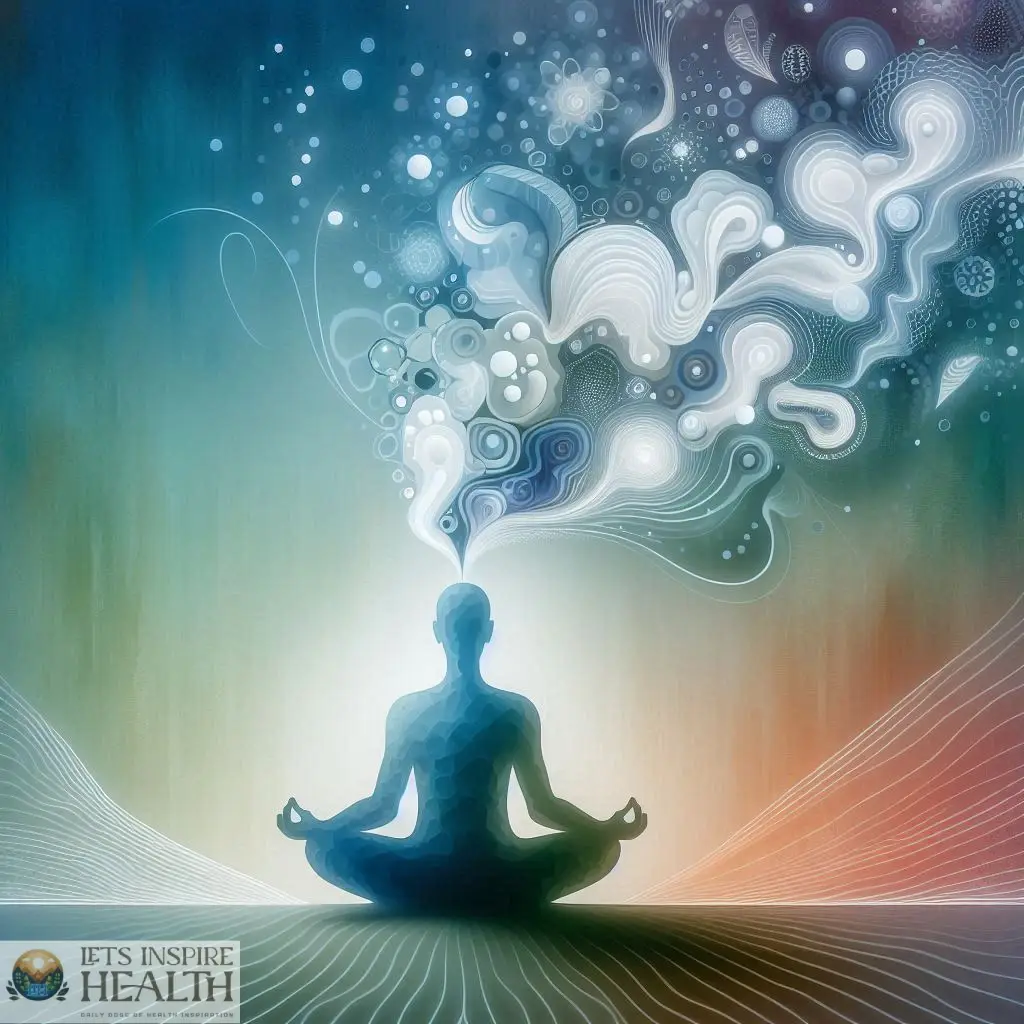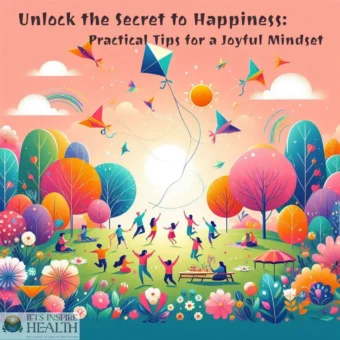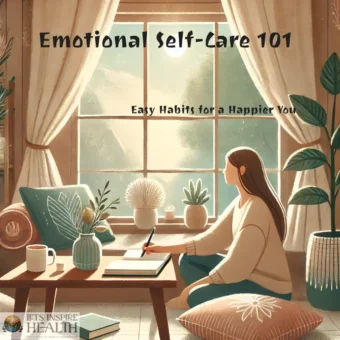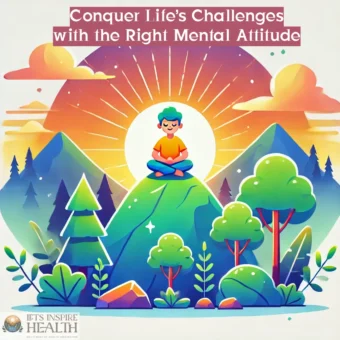Introduction: Why Emotional Balance Matters
Hook: Have you ever felt overwhelmed by emotions, as if life’s challenges were pulling you in every direction?
Maintaining emotional balance is the cornerstone of mental well-being. It allows you to navigate life’s highs and lows with grace, fostering inner peace and resilience. In this guide, we’ll explore simple yet effective steps to help you achieve a calmer mind and a more harmonious life.
1. Understanding Emotional Balance
Hook: Emotional balance isn’t about suppressing your feelings—it’s about managing them effectively.
What Is Emotional Balance?
It’s the ability to recognize, understand, and regulate your emotions without being overwhelmed by them. This balance helps you stay grounded during challenges and appreciate the good moments fully.
Example: Imagine facing a stressful situation at work but calmly finding a solution instead of reacting impulsively. That’s emotional balance in action.
2. Recognizing the Signs of Emotional Imbalance
Hook: Are your emotions controlling you, or are you in control of your emotions?
Common Indicators of Imbalance:
- Frequent mood swings
- Feeling easily overwhelmed or irritable
- Difficulty concentrating
- Struggling with relationships due to emotional reactions
Checklist:
✅ Notice your triggers
✅ Track your mood patterns using a journal
✅ Identify moments when you feel out of control
3. Simple Steps to Master Emotional Balance
Hook: The journey to a calmer mind starts with small, intentional steps.
Step 1: Practice Mindfulness
Mindfulness involves staying present in the moment without judgment. It’s a proven way to reduce stress and promote emotional stability.
Tutorial:
- Sit comfortably in a quiet space.
- Close your eyes and focus on your breathing.
- Acknowledge any thoughts that arise without dwelling on them.
Real-World Example: Use a mindfulness app like Calm or Headspace to guide your practice.
Step 2: Develop Emotional Awareness
Understanding your emotions is key to managing them.
- Identify what you’re feeling and why.
- Label your emotions (e.g., “I feel anxious because I’m under deadline pressure.”).
Comparison Table:
| Emotional Reaction | Balanced Response |
| Yelling during stress | Taking deep breaths first |
| Avoiding conflict | Addressing issues calmly |
Step 3: Build a Support System
Strong relationships provide emotional support and perspective.
- Connect with trusted friends or family members.
- Join support groups or communities that align with your values.
Example: A weekly coffee chat with a friend can help you process emotions in a safe space.
Step 4: Engage in Regular Self-Care
Taking care of your physical and mental health is crucial.
Suggestions:
- Exercise regularly to release endorphins.
- Eat a balanced diet rich in nutrients.
- Get 7–8 hours of quality sleep each night.
Checklist:
✅ Exercise 30 minutes daily
✅ Drink plenty of water
✅ Dedicate time to hobbies
4. The Role of Gratitude in Emotional Balance
Hook: Gratitude is the secret ingredient to cultivating a positive mindset.
- Write down three things you’re grateful for daily.
- Reflect on positive moments, no matter how small.
Real-World Example: Keeping a gratitude journal can shift your focus from what’s lacking to what’s abundant.
5. Tools and Resources for Emotional Balance
Hook: Technology and simple tools can support your emotional well-being journey.
Recommended Tools:
- Mood Tracking Apps: Apps like Moodpath or Daylio
- Meditation Guides: Insight Timer or YouTube meditation channels
- Books: The Power of Now by Eckhart Tolle
Conclusion: Your Path to Emotional Stability
Mastering emotional balance is a lifelong journey, but with practice, it becomes second nature. By incorporating mindfulness, self-care, and gratitude into your daily routine, you can achieve a calmer mind and a more fulfilling life.
Call-to-Action: Start small—practice a five-minute mindfulness session today and experience the difference!
Disclaimer
This blog is for informational purposes only and is not a substitute for professional medical advice. If you’re experiencing severe emotional distress, consult a licensed therapist or counselor for personalized guidance.







